"we Need Weirder Queers" You Guys Couldnt Even Handle Asexual People In 2016 (and Probably Still Cant
"we need weirder queers" you guys couldnt even handle asexual people in 2016 (and probably still cant handle them)
More Posts from Littlebat-666 and Others
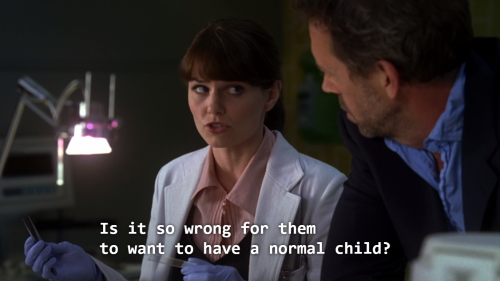
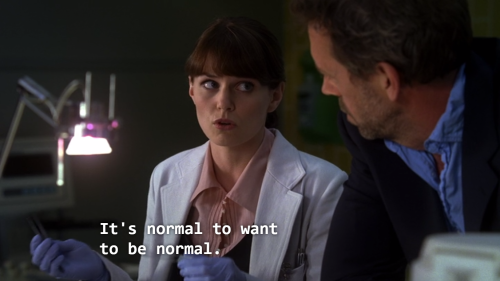
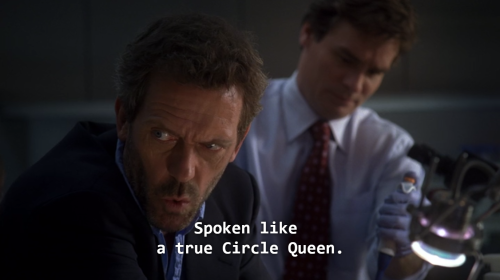

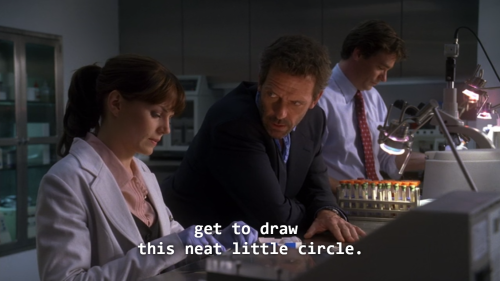

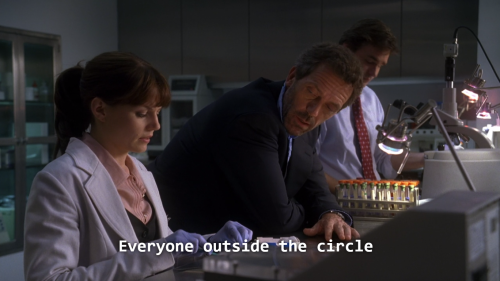




this honestly just came out of left fucking field i would have never expected to hear anything like this in this show. consider me Pleasantly Surprised tbh
I love videos of people performing religious ceremonies for small animals. Especially if it’s not something a small animal could participate in theologically.
Anyway I was in an Autism evaluation last week bc I don’t have my original diagnosis on paper and they were asking me “common knowledge” questions and one of them was “who wrote Hamlet” and for some godforsaken reason I heard “Hamilton” so I said, “the book or the musical?” And the doctor said “there’s….a musical?” And we both stared at each other for forty-five seconds while I opened up my “past dialogue” log in my brain and loaded in “Hamlet”
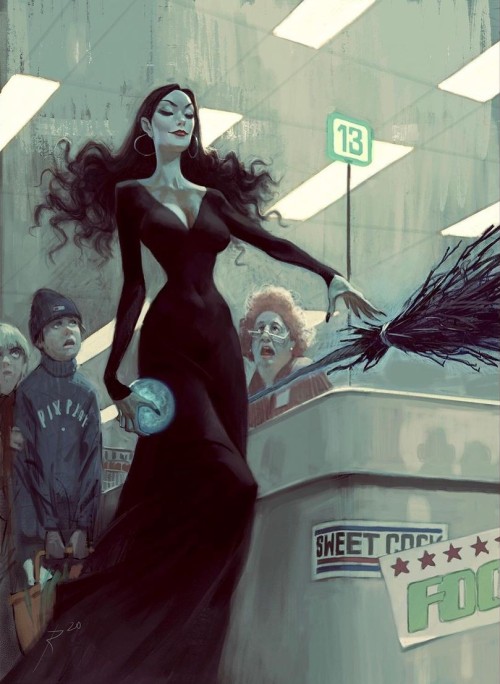

By Waldemar Kazak.
Sometimes I hyperfocus so hard on something, I forget I’m a person until someone interacts with me. I feel like some wild animal seeing a human being for the first time. I’m like “oh yeah I’m supposed to speak and stuff”
how can you eat the fried hearts of something that once was alive and had a beating heart? do you feel any guilt? i hope you do.
please google what an artichoke is
The Beer Witch Post
(or how the stereotypical Wicked Witch is based in part on female brewsters*)
Some background:
Women have been brewing beer for nearly 10 thousand years!
That’s right! Beer is traditionally a woman’s drink, in that it was invented, produced, and drunk by women (and children) for all of recorded history. (src)
Beer only recently became associated with men (around the time it was commercialized of course!) How did this happen?
Like many things, it involved the Church and a Witch Hunt.

(Note: this post is about a western stereotype; the action takes place in Europe.) Around the 11th cent., the Church realized that brewing alcohol was a great way for monasteries to generate revenue. At the time, brewing was the domain of Germanic tribal woman, and was important bc:
there was a huge demand for ale, due to its cheapness and the lack of potable water in most households
it allowed women to generate their own income at home.
That first part smelled like profit to the Church. That second part meant female independence, which they didn’t like at all. The solution was to get women out of brewing, and monasteries in. What better way than a witch hunt?
Of course, to have a good witch hunt, first you have to invent a witch.
Inventing the Wicked Witch
As female brewsters were pushed out of their fields (being denied licenses and guild membership), the Church set up shop. Monasteries & nunneries were sort of the perfect place to manufacture, what with their land & resources & free labor. Women were still the main brewers in many communities, but this would change over the centuries as the Church waged a War of Defamation against alewives & brewesses.
The association between woman and sin has always been an easy argument to make, biblically. As women, alewives were ridiculously easy to defame. The rhetoric went something along the lines of:
women created sin
women are sinful
women use beer to spread their sinful ways & take money from men
Alewives, who ran alehouses, were cast as treacherous, deceitful women who cheated men by luring them into playgrounds for the devil, ruled by the sins of gluttony and lust.
Alewives in hell became a popular Church-spread trope:
“The Church specifically taught that alewives would be the only people left in hell after Christ freed all the damned.“ (src)
Thus, female brewers became easy target to associate with the devil, and with witchcraft.
Whether or not brewsters were outright accused of consorting with the devil, the implication was there. And later, so was the imagery.
The Church’s centuries-long smear campaign worked too, helped by the fact that as brewing became more lucrative, more men entered the field, and were happy to help push women out. By the 17th century, the (European) brewing industry was male dominated, for the first time in human history.
Witchcraft & Brewing: Symbology
The lifestyles, clothing, and tools of real women brewers were taken and used as iconography for witchcraft.
Many of the props associated with the stereotypical Wicked Witch were just common objects alewives used to denote the brewing trade.
CALUDRONS & CATS: The image of a woman standing over a boiling cauldron once had a very different connotation: ale brewing. Cats, of course, were kept around to protect the grain supply.
BROOMSTICKS: these symbols of domestic trade were used as advertisements. A broom or ALESTAKE hung outside a home or alehouse was an easy-to-recognize sign that ale was available to buy. (Keep in mind that before literacy was common, most signs would be symbolic, not written.)

THOSE BIG, DISTINCTIVE HATS: This was a marketing thing too! Wearing a large hat to stand out in the market crowd was a symbol of a brewster with wares to sell. (src)

An Alewife, in her innocent witchy attire. Simple advertising like these allowed women to sell brews that they were already often making for their families at home.
The more you know! A shoutout to all those ladies brewing throughout history, from priestesses to alewives to homemakers alike. For thousands of years, generation after generation of families were fed & watered & kept healthy by women brewing at home. Thank you ladies, for your service.

if you enjoy my posts, i have a ko-fi! (this post took about 2 hours to research/write. links below)
Weiterlesen

you don’t understand how happy I am for him

-
 unwelkom liked this · 3 weeks ago
unwelkom liked this · 3 weeks ago -
 ma-rizz liked this · 3 weeks ago
ma-rizz liked this · 3 weeks ago -
 jooniesxbby liked this · 3 weeks ago
jooniesxbby liked this · 3 weeks ago -
 shadow-king-club reblogged this · 3 weeks ago
shadow-king-club reblogged this · 3 weeks ago -
 shadow-king-club liked this · 3 weeks ago
shadow-king-club liked this · 3 weeks ago -
 corvidaerook liked this · 3 weeks ago
corvidaerook liked this · 3 weeks ago -
 fragilis365 liked this · 3 weeks ago
fragilis365 liked this · 3 weeks ago -
 creepycorvid05 liked this · 3 weeks ago
creepycorvid05 liked this · 3 weeks ago -
 edgeofgreatness liked this · 4 weeks ago
edgeofgreatness liked this · 4 weeks ago -
 plum-petunia reblogged this · 1 month ago
plum-petunia reblogged this · 1 month ago -
 plum-petunia liked this · 1 month ago
plum-petunia liked this · 1 month ago -
 stalksandstalksofcelery liked this · 1 month ago
stalksandstalksofcelery liked this · 1 month ago -
 fishymollie liked this · 1 month ago
fishymollie liked this · 1 month ago -
 juk3-box-h3ro liked this · 1 month ago
juk3-box-h3ro liked this · 1 month ago -
 luckyivleafclover liked this · 1 month ago
luckyivleafclover liked this · 1 month ago -
 decapitationposting reblogged this · 1 month ago
decapitationposting reblogged this · 1 month ago -
 ponsgigio liked this · 1 month ago
ponsgigio liked this · 1 month ago -
 cheliceraes-arboretum reblogged this · 1 month ago
cheliceraes-arboretum reblogged this · 1 month ago -
 princessofdawn718 liked this · 1 month ago
princessofdawn718 liked this · 1 month ago -
 itslechick3n4573 liked this · 1 month ago
itslechick3n4573 liked this · 1 month ago -
 letsgodoublesuicide liked this · 1 month ago
letsgodoublesuicide liked this · 1 month ago -
 myl2 liked this · 1 month ago
myl2 liked this · 1 month ago -
 melancholiast-clair reblogged this · 1 month ago
melancholiast-clair reblogged this · 1 month ago -
 leblogreblog reblogged this · 1 month ago
leblogreblog reblogged this · 1 month ago -
 happyseajelly liked this · 1 month ago
happyseajelly liked this · 1 month ago -
 vanillabeenflower liked this · 1 month ago
vanillabeenflower liked this · 1 month ago -
 lavendulafaerie liked this · 1 month ago
lavendulafaerie liked this · 1 month ago -
 littley2k reblogged this · 1 month ago
littley2k reblogged this · 1 month ago -
 littley2k liked this · 1 month ago
littley2k liked this · 1 month ago -
 jhocking liked this · 1 month ago
jhocking liked this · 1 month ago -
 i-hope-they-have-wifi-in-hell reblogged this · 1 month ago
i-hope-they-have-wifi-in-hell reblogged this · 1 month ago -
 strangegameprofessor reblogged this · 1 month ago
strangegameprofessor reblogged this · 1 month ago -
 larrrsy liked this · 1 month ago
larrrsy liked this · 1 month ago -
 fullgaybaby liked this · 1 month ago
fullgaybaby liked this · 1 month ago -
 katerbaterpotater reblogged this · 1 month ago
katerbaterpotater reblogged this · 1 month ago -
 moirainessuspenders liked this · 1 month ago
moirainessuspenders liked this · 1 month ago -
 ifourmindbeso liked this · 1 month ago
ifourmindbeso liked this · 1 month ago -
 jadedofmara reblogged this · 1 month ago
jadedofmara reblogged this · 1 month ago -
 pinkpowerwizard reblogged this · 1 month ago
pinkpowerwizard reblogged this · 1 month ago -
 exactly-myself reblogged this · 1 month ago
exactly-myself reblogged this · 1 month ago -
 faun-and-flora reblogged this · 1 month ago
faun-and-flora reblogged this · 1 month ago -
 faun-and-flora liked this · 1 month ago
faun-and-flora liked this · 1 month ago -
 faceted-tourmaline reblogged this · 1 month ago
faceted-tourmaline reblogged this · 1 month ago -
 casandhisflowercrown liked this · 1 month ago
casandhisflowercrown liked this · 1 month ago -
 crustacean-menace reblogged this · 1 month ago
crustacean-menace reblogged this · 1 month ago -
 crustacean-menace liked this · 1 month ago
crustacean-menace liked this · 1 month ago -
 ribbonpinky reblogged this · 1 month ago
ribbonpinky reblogged this · 1 month ago -
 ribbonpinky liked this · 1 month ago
ribbonpinky liked this · 1 month ago -
 redrobemerle liked this · 1 month ago
redrobemerle liked this · 1 month ago
i am a menaceMy name is Baby🦇they/them/theirs dey/deren/dessen it/its🦇🦇This is my blog about all my favourite things: Bob's Burgers, The Simpsons, Halloween, Literature, Witchcraft, History 🦇🦇 A-gender 🦇🦇A-sexual 🦇🦇A-romantic🦇🦇 A-utistic 🦇🦇A-DHD🦇🦇I like peppermint ice cream, sour gummybears, salt'n'vinegar chips, pickles, ranch dressing and peanut butter m&ms 🦇🧛♀️🦇🦉🕸️🎃🧟♀️👻🌕
197 posts
